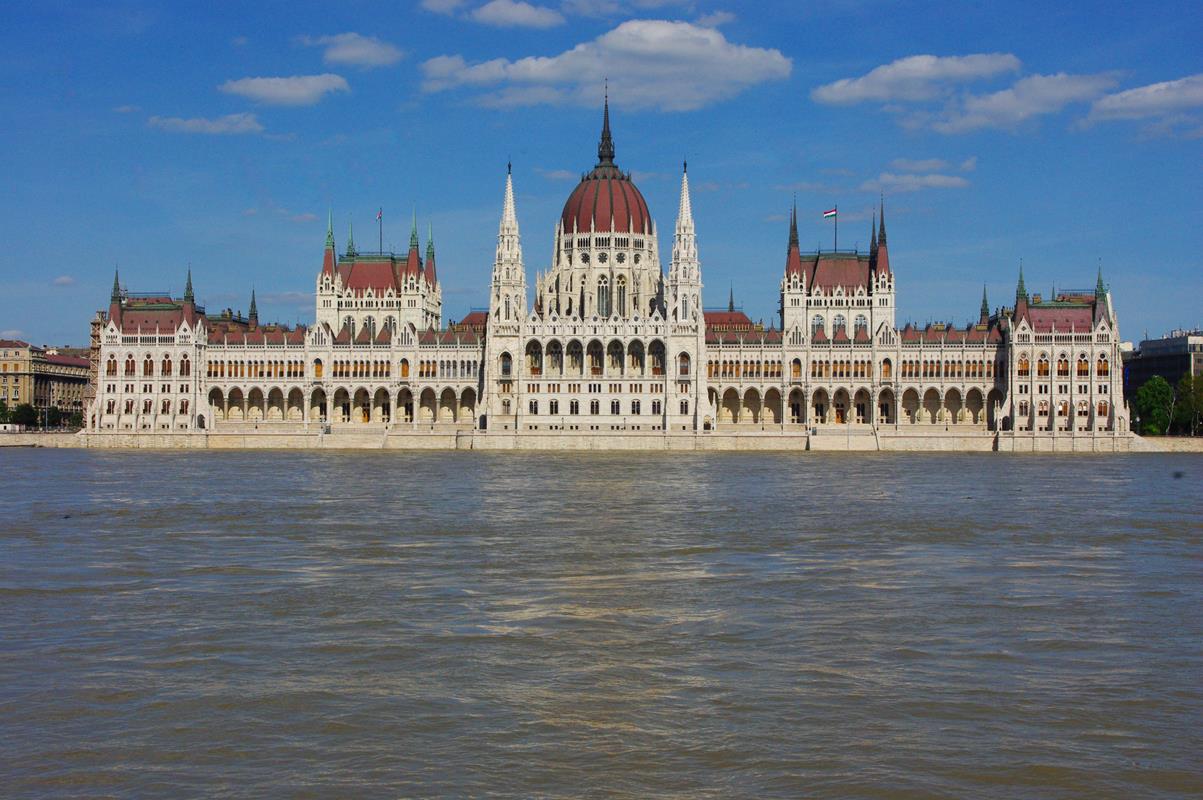From Pressburg to Pest: The quest for a Hungarian Parliament Building

Back in 1825, the Diet of Hungary still convened in Pressburg (now Bratislava), launching the nation’s Reform Era. It wasn’t long before voices emerged suggesting that the assembly should be moved to Pest, where a new Parliament building would be constructed. In 1848, the April Laws officially designated Pest as the seat of the legislature, and the first session was held there that July. But the search for a new House of Parliament has already started.
A change much needed
On 11 September 1825, Emperor Francis I of Austria convened the Diet in Pressburg. Thanks to the reform efforts that took shape there, this session is considered the cradle of the Reform Era—the moment when Hungary’s transformation toward a modern, civil society began, according to PestBuda.
Soon after, Hungarian representatives began advocating to move the Diet from Pressburg—near the imperial seat of Vienna—to Pest, located in the heart of the country. The idea aligned with growing calls for national independence and self-governance.
While representatives did not openly raise this proposal in 1825, the issue remained on the agenda at every Diet session throughout the Reform Era. The period culminated in Pest becoming the permanent seat of the Hungarian Parliament. By 1848, the newly formed constitutional government was based there, and on 5 July, the first representative-based Diet opened in Pest rather than a feudal estate-based one.
Where should they meet in Pest?
The question extended beyond relocating the Diet to Pest—it was also about finding a worthy venue for national governance. Pressburg had the advantage of an existing chamber building used by the Habsburgs, but Pest needed a new, prestigious structure.
The first official proposal to hold the Diet in Pest emerged in 1830 during the Reform Era, likely suggested by Dubraviczky Simon, representing Pest County. County delegates from Tolna, Heves, Ung, and Torna supported the idea, while representatives from Bihar and Borsod initially opposed it.
Momentum grew during the 1832–1836 session, when delegates from Békés and Borsod reignited the discussion. Palatine Joseph pledged to commission preliminary architectural plans and cost estimates for a new building, with the intention of presenting them at the next session. However, when the lower house followed up on 22 August 1839, he cited illness and travel-related delays, saying the plans were not yet ready.
Plans for the Parliament Building

As lead architect of the National Museum project, Mihály Pollack had a direct line to Palatine Joseph. On 22 December 1839, Pollack offered to draft a design for the new Parliament building. But in the absence of an official location and building program, he could only create an idealised proposal—and he missed the window. The session ended on 12 May 1840, leaving no opportunity to present the plan.
During the 1843–1844 session, lawmakers shifted course. Instead of commissioning a single architect, they launched an international design competition for a legislative building to be constructed on the Új vásártér (today’s Erzsébet Square). Newspapers at home and abroad publicised the competition in June and July 1844, setting a submission deadline of 30 November so decisions could be made within the legislative session.
A total of 42 entries were submitted, all to be reviewed in Pressburg. But the Diet adjourned earlier than expected, on 1 August, and the competition was never judged. The initiative did not resume in the 1847–1848 session.
The Hungarian Diet moves to Pest

The last estate-based Diet convened in Pressburg on 7 November 1847. But the revolutionary wave from Paris and Vienna, along with political pressure from Lajos Kossuth, brought sweeping change. On 3 March 1848, Kossuth proposed the formation of an independent, responsible Hungarian government. The new administration began operations in Pest on 15 April.
Three newly appointed cabinet members—Lajos Batthyány, István Széchenyi, and Lajos Kossuth—still in Pressburg at the time, travelled to Pest by steamship on 14 April 1848. That moment marked the shift: Pest became the permanent seat for the Hungarian Parliament and its emerging ministries.
Due to ongoing events and delays, no new Parliament building was available yet. Ministries were temporarily housed in former feudal institutions located in Buda Castle, such as the Royal Governor’s Council and the Hungarian Royal Chamber.
To read or share this article in Hungarian, click here: Helló Magyar
Read also:







